“What on earth have we gotten ourselves into?”, Erika and Paul said to each other when yet another problem emerged. “Why does nobody tell you beforehand that castles attract rats and have leaking roofs?”
Pest control
It had been another one of those days you prefer to forget. Twenty cartons of long-life milk had been gnawed by a whole family of large rats – even though we had placed them on a hard-to-reach rack. Whoever knew rats are Olympic climbers and seem to be able to smell right through carboard and plastic? One sometimes suspects they can read the labels. Also, once again there had been a flooding in the annex building. Not just a small leak, no. Over a dozen large pans were needed to receive an equal amount of water leakage, needing frequent emptying.
“What the hell are we going to do, honey,” Paul asked, knowing full well Erika would have no answers either. “Poison doesn’t deter the rats and we have had that roof fixed twice already!”
Erika had no answer to the roof problem, but was ready to pounce when it came to the rat issue. “We need a cat.” she replied firmly. She had wanted a cat forever, and knew she finally had an iron-clad case. “I know you don’t like the smell and the hassle of a cat, but with so many people in the castle we are never going to be able to keep all this food locked away. Students will eat in their rooms and leave pantry doors open, no matter how often we tell them not to. We need something that scares the rats away. Besides, a cat creates a sense of community: something we can all love. You can get used to the smell.”
She was right. A cat was the only thing that worked. Not once in the many months since Voltaire joined the community at the castle has a rat been sighted or have food packets been gnawed at. She has never caught a rat as far as we know, but her mere presence seems to have done the trick. The rat families that were previously lurking inside our walls and pipes disappeared, probably moving to other pastures and other castles.
Leaking roof
A solution to the roof problem was also eventually found: a complete replacement of the roof of the annex building by tiles sourced in China, where authentic, high-quality lay tiles are very cheap. It only took two solid months of figuring out how to order, ship, and import tiles from the quarries in China to our doorstep. It then took another month to install and secure them on the roof, something requiring us to learn how to secure mountain ropes between the castle tower and nearby trees, so that we could safely stand on the roof, secured by ropes.
They don’t tell you beforehand what an absolute pain-in-the-you-know-what European castles are. Gleaming pristine meadows and even a helicopter were in the pictures supplied by the retail agency. When we visited to inspect the place before buying it, the walls were largely covered, the fire places were roaring so as to keep the castle warm no matter how draughty the windows, and the Japanese knotweed had been decimated for the occasion, only to make a comeback later on.
German electricity cables
I’d like to say the problems above were the worst we faced in renovating the castle to make it fit to live in, but that is not actually the case. The worst problem we faced was German electricity cables. There were two things wrong with them:
We had absolutely no idea where they were, and
They were German.
Consider the electricity issue from the point of view of the many previous owners of the castle over the last 120 years (which is how long electricity has been available in the Ardennes). They had a huge castle where each owner was only interested in having electricity in some part of the castle. So each owner installed new cables in this or that part, linking up to the electricity net of Belgium. Whenever an owner wanted to add electricity to some part of the castle, they would install whatever cables and fuses were in fashion in that era. Over time, rats, leakages, and new regulations would make some of the existing electric network defunct, which owners solved by simply adding new cables where needed.
After 120 years, this meant the walls of the castle were full of electricity cables of different time periods, built for different voltages and using different fuses. Worst of all, the last owners were German and only trusted German equipment, meaning that the latest network was fully compliant with German regulations on electricity cables, though still had frequent electricity outages because of rat-eaten cables.
“What is wrong with German cables?” one might well ask. Well, the castle is not in Germany but in Belgium, and thus subject to Belgian regulations, not German ones. The Belgian authorities have their own ideas as to what constitutes a proper electricity cable, and unfortunately a grey German cable does not make the grade. They had to be green Belgian ones. So if we wanted to have an electricity safety certification – which we most certainly needed to be able to do anything with the castle – we needed to rewire the castle from scratch. New cables, new fuses, new switches, new fuse boxes, the lot.
A related problem was that no-one knew how the electricity actually ran. The problem was not that there were no schemas of cables and fuse boxes – the problem was that there were lots of schemas that were all incorrect. They would show fuse boxes behind walls that would turn out not to be there if one smashed through those walls to get to them. They would supposedly bring electricity to places that had none, or the other way round. The previous owners of the last 120 years had gone with the flow and simply learned how to fix small problems wherever they arose, without needing to learn how their own electricity system worked, or even through which cables the electricity went. Needing certification and thus a true schema depicting the electric circuits, we essentially needed to start from scratch, despite having electricity that worked perfectly well most of the time.
Imagine the chaos involved. Months of drilling through walls that are three meters thick in places. We had never seen drills that long. Dust everywhere, necessitating masks and lots of extra cleaning and laundry.
It was also, imaginably, highly disruptive to the program. We needed to force the work on electricity to stop for days if we wanted a function on the weekends, simply to have enough time for the dust to settle and to wipe it off all the surfaces that the guests would see. All that just to have green Belgian electricity cables, whilst leaving another set of white cables in the walls of the castle. If ever those walls get torn down, one could read the history of electricity in the Ardennes from the masses of differently coloured cables inside.
Other challenges
Don’t even get me started on the issue of maintaining our own roads and hedges. They are horror stories for another day. Let me merely say to anyone who might want to follow our example and buy a castle anywhere to set up a new academy: you should prepare to bargain with the true owners of your castle - nature and history. You are but the temporary custodian, perhaps allowed a moment of usage by nature and history. Yet, after you are gone, you should expect the rats to return, the weeds to once more gnaw at the foundations of your castle, and your walls to burst with coloured cables.


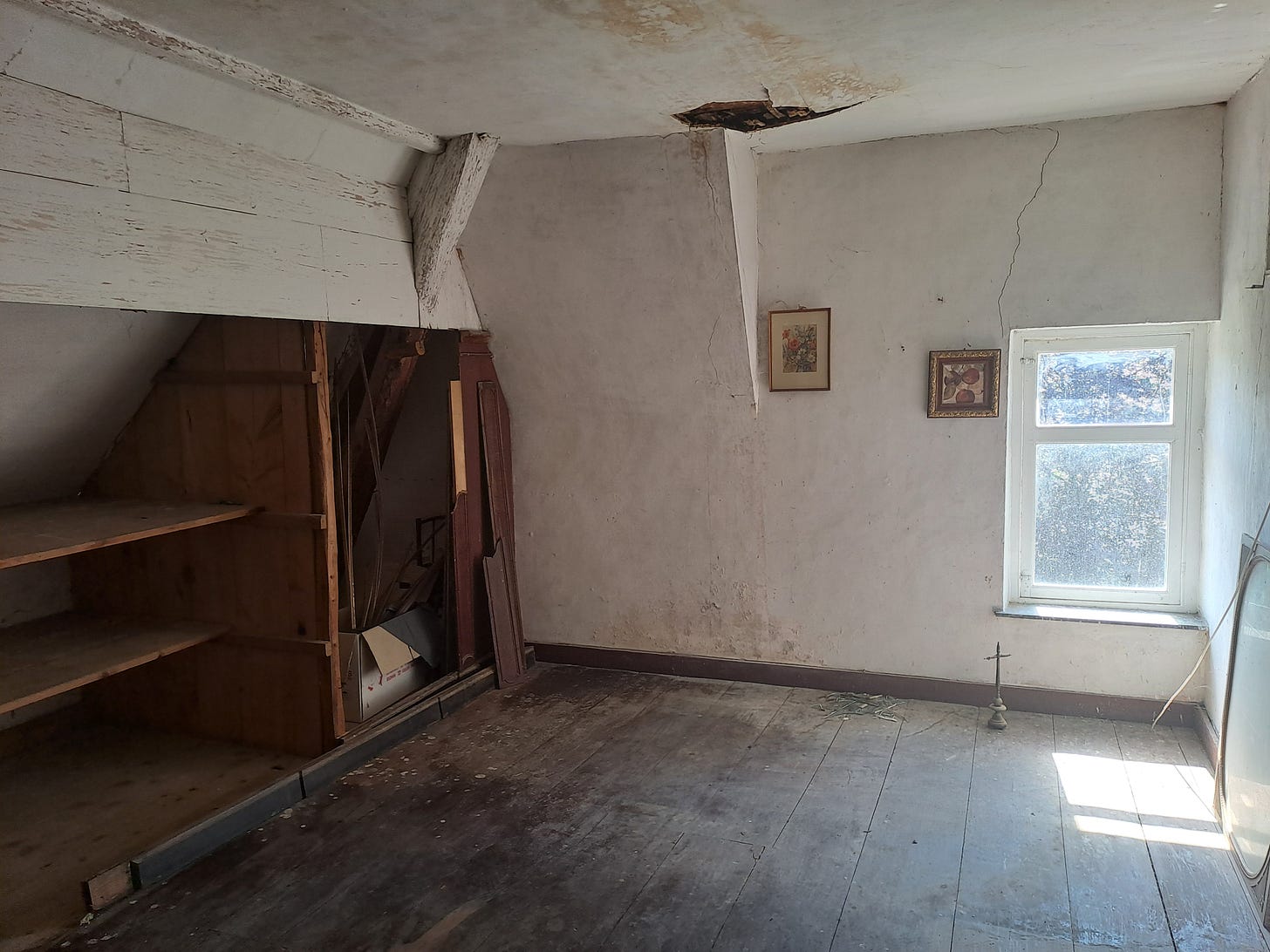
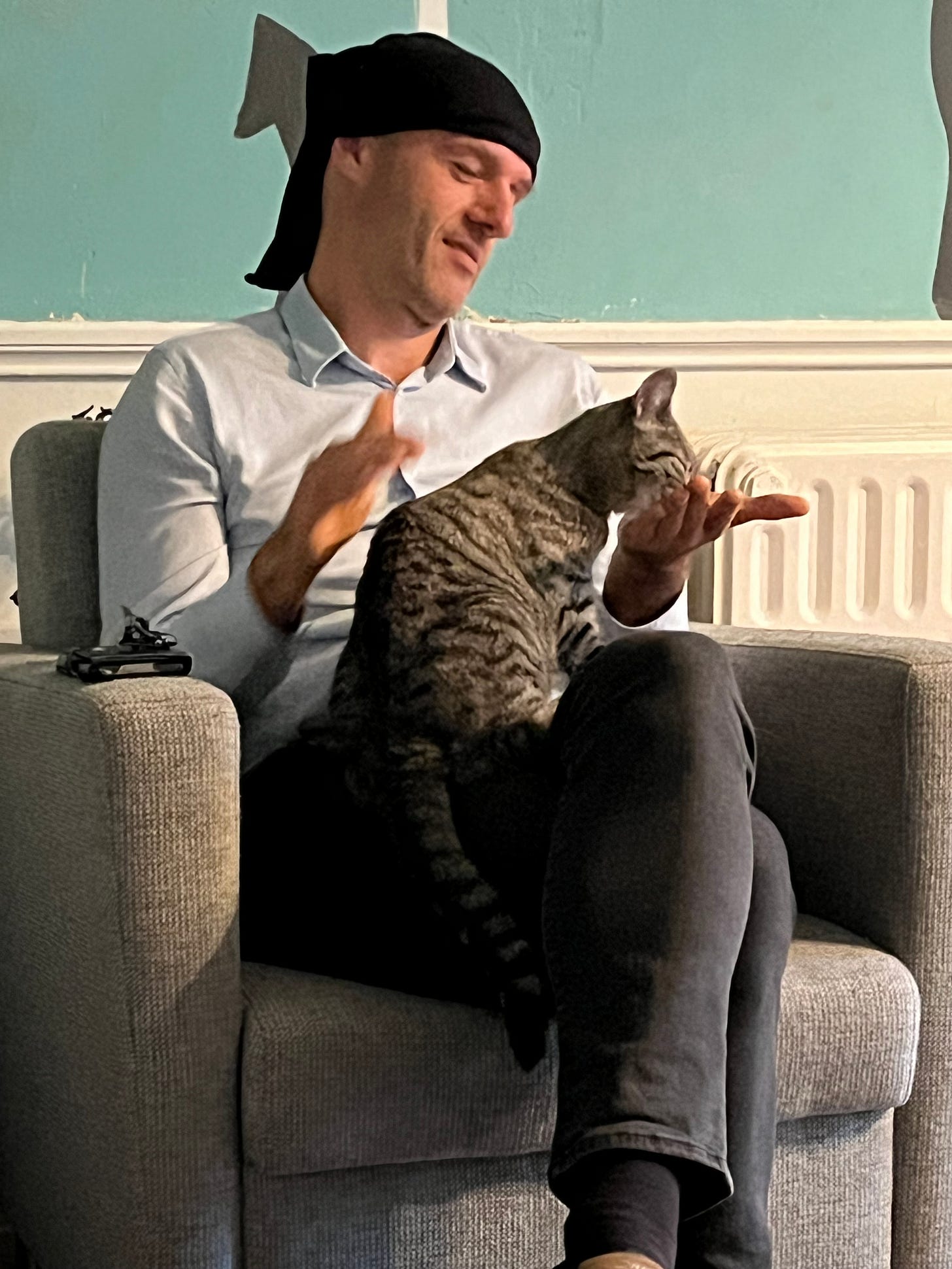
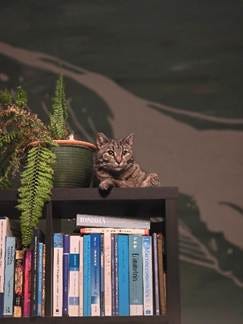
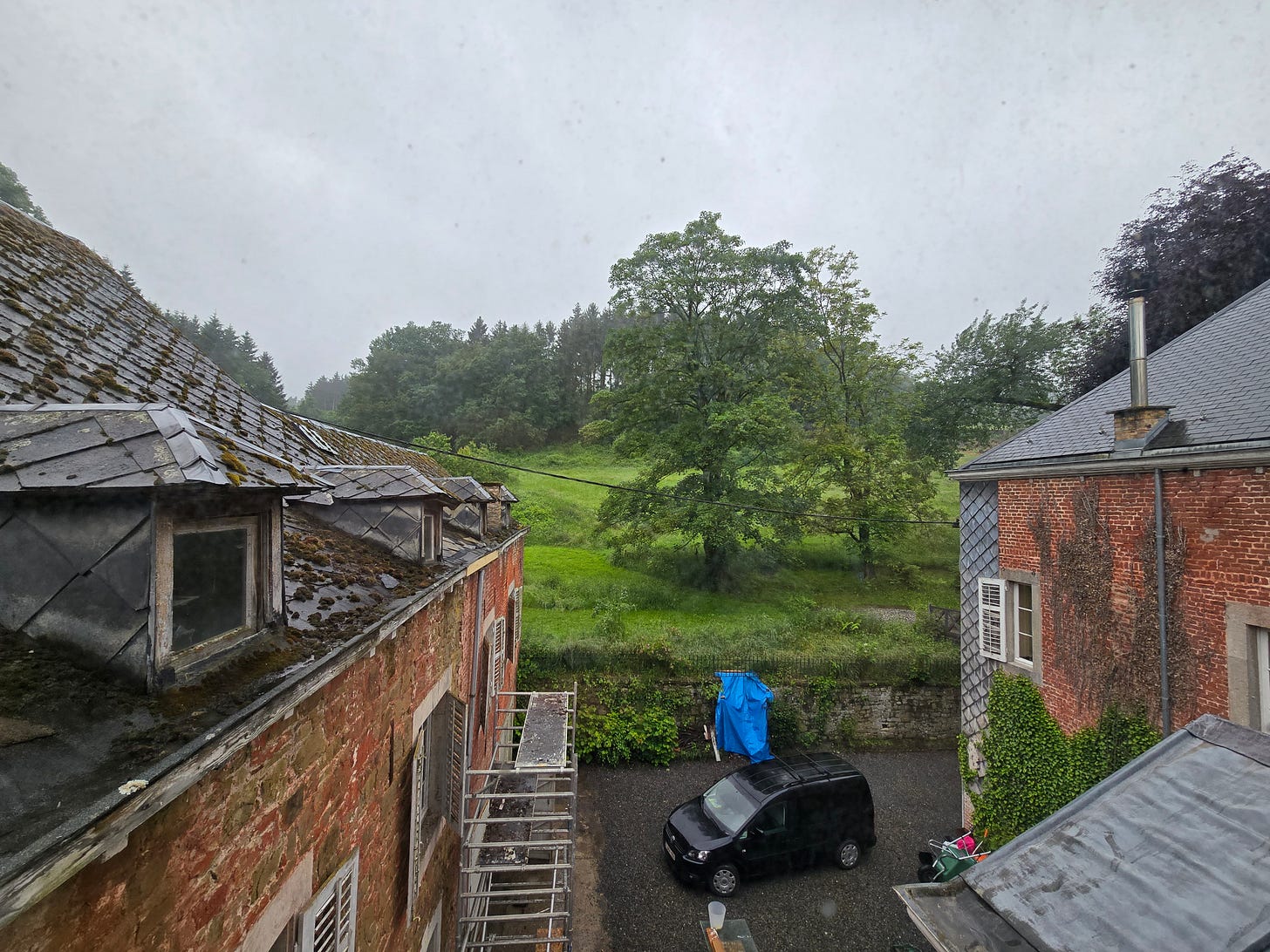
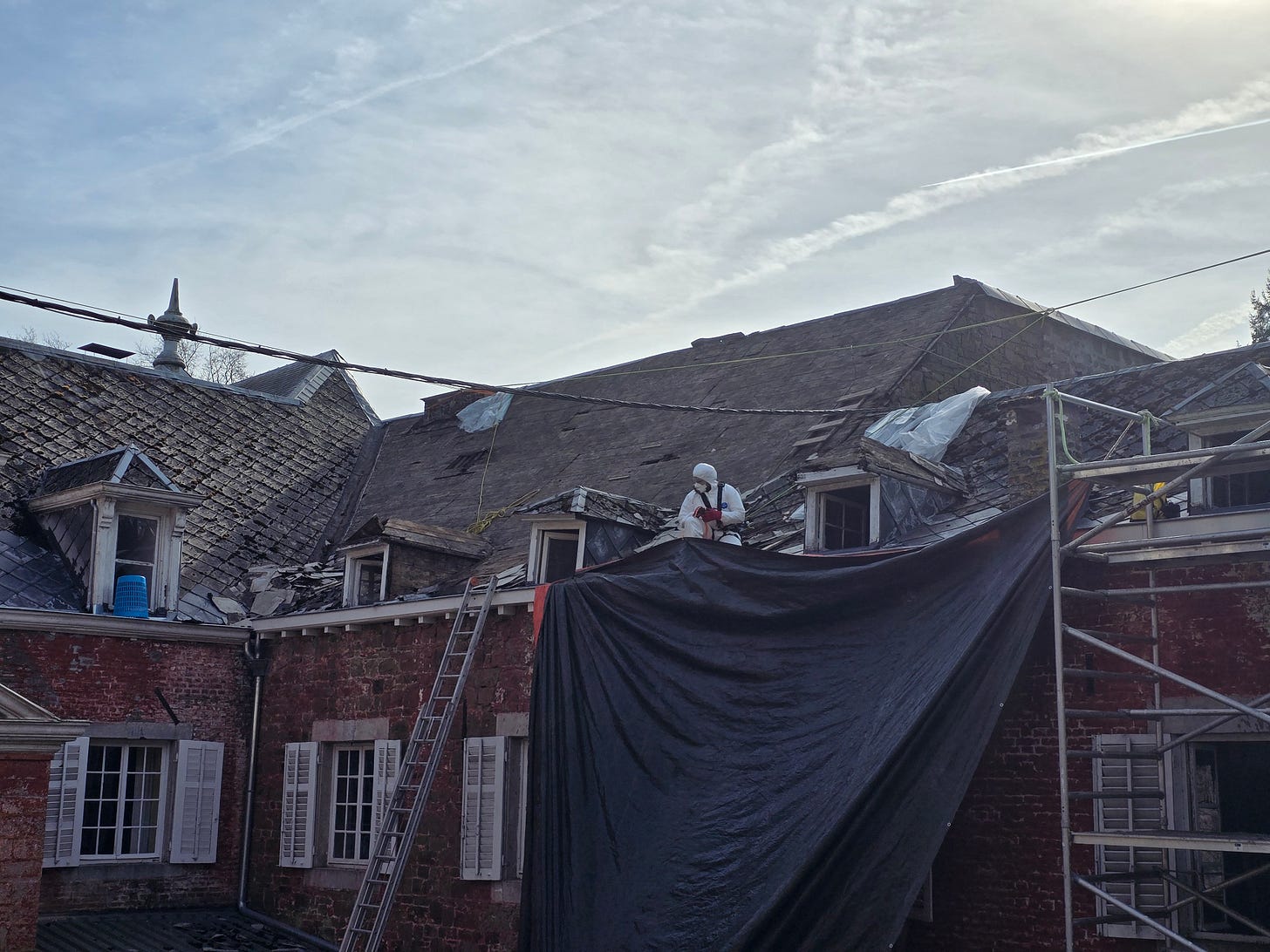
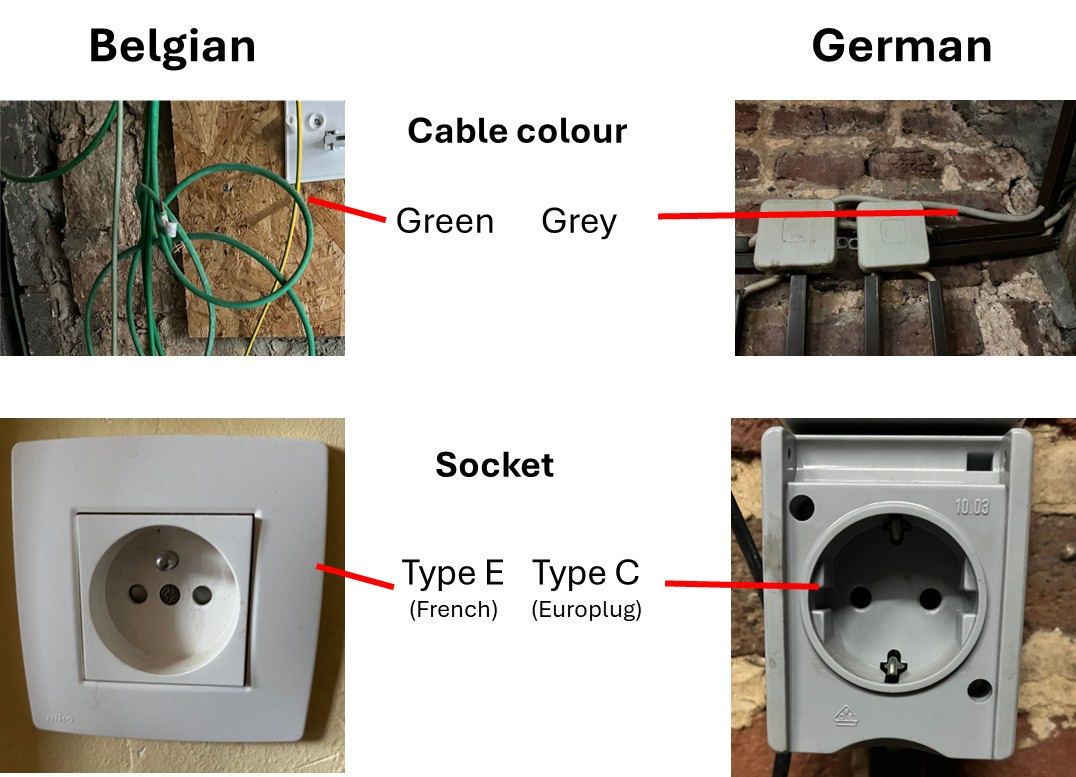
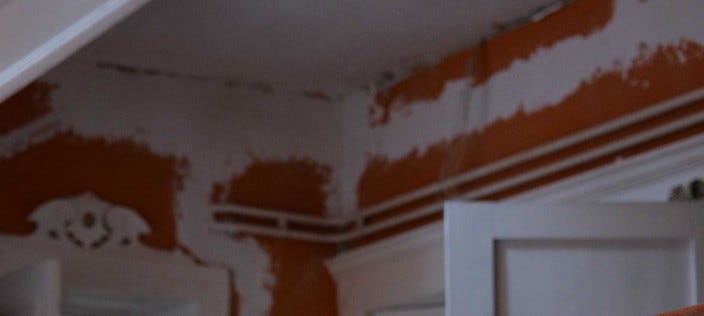
This story works wonderfully well as metaphor, as I'm sure you're aware.